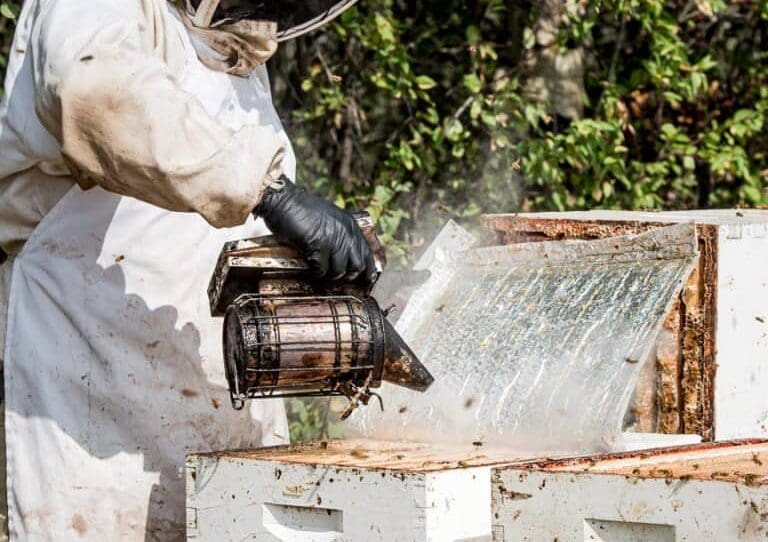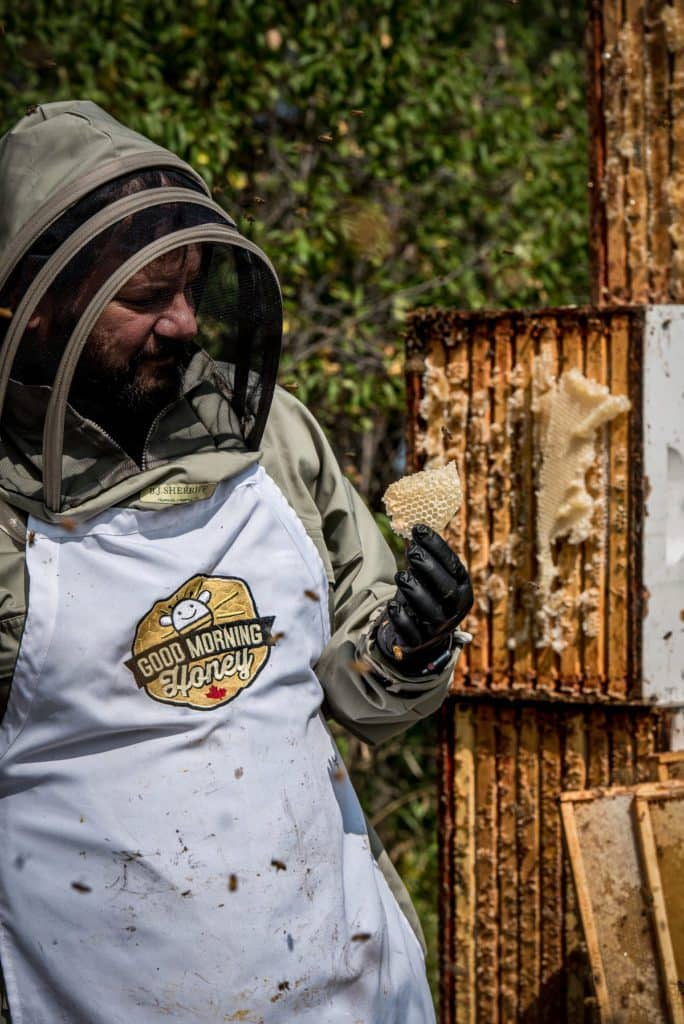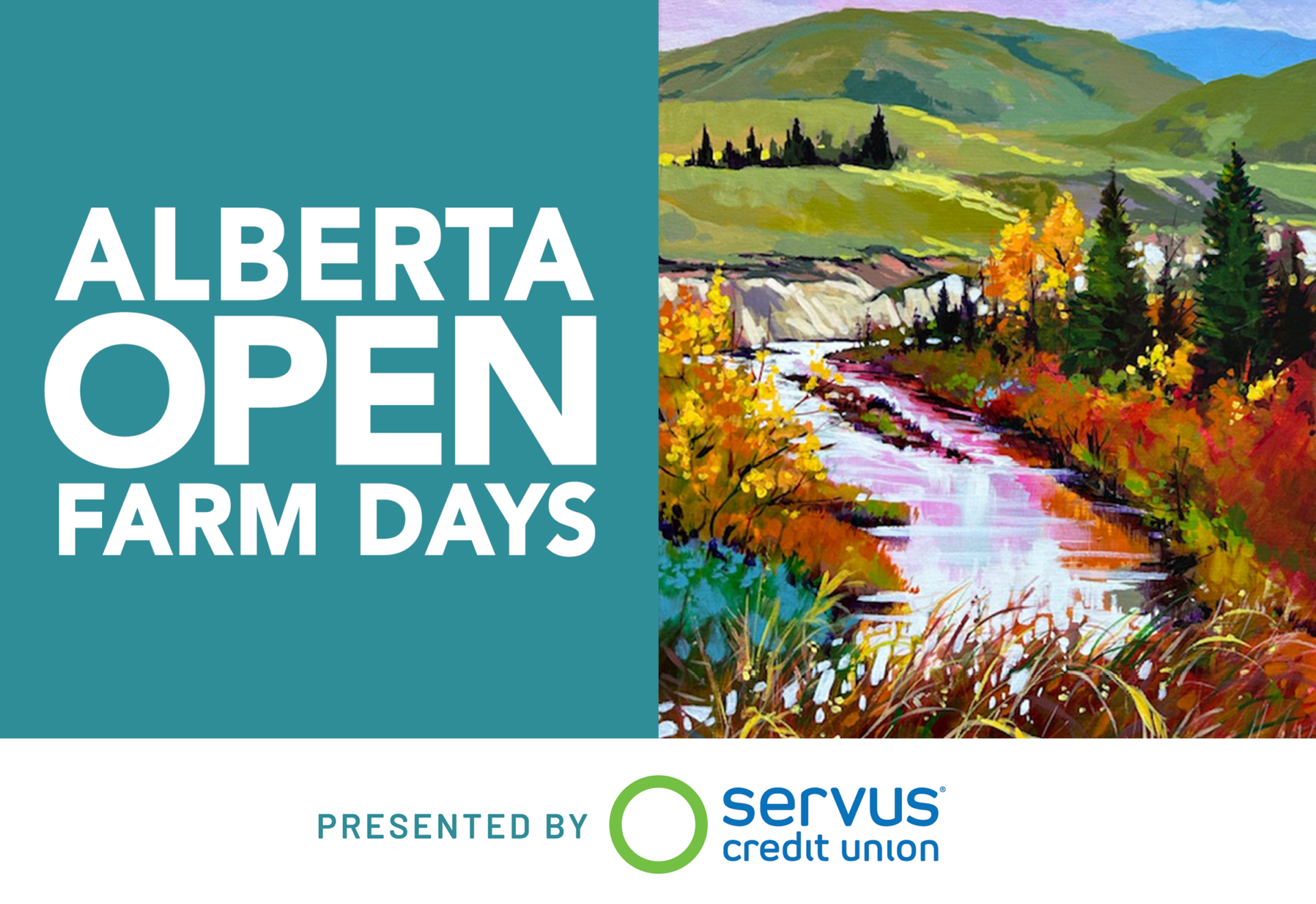
Did you know that Alberta is the largest honey producer in Canada and the third largest in North America? Alberta’s commercial beekeepers manage 25 billion bees; around 300,000 colonies and produce 40 million pounds of honey every year!
Beekeeping in our province is a substantial contributor to the agricultural industry. Honey bees pollinate crops which increase yields and production. One third of the food we eat comes from pollination due to honey bees.

Beekeeping isn’t just as simple as putting a hive out and collecting the honey! There is a lot of hard work, science, management, adapting and knowledge involved. The weather also plays a crucial role. The last few years have been challenging for many Alberta beekeepers. We have dealt with everything from drought to too much moisture, wildfire smoke and diseases. The varroa mite has also wiped out many colonies. A beekeeper’s job is not easy. Each year presents new challenges.

Our season starts in mid March when we check on how our hives overwintered. Honey bees do not hibernate, they are always working! A winter honey bee’s job is to keep the queen bee warm and eat food stores. They cluster together in a ball, consuming honey, and shivering their flight muscles to generate heat. Our role as beekeepers is to make sure that they have enough food, and are free from diseases to help them get through the long winter months. We also wrap the hives in insulated tarps to keep the cold out.
In the spring we unwrap our hives, make sure that they have enough food and look for any weaknesses in the colonies. In the late spring, when hives are growing, we do “splits.” This is the term used when we take one strong hive and split it into two hives. We use a few frames of brood and adult bees from one hive and put them into a new box, introduce a fresh queen and in a few weeks we have a second thriving colony.
As a beekeeper, there is never a lack of jobs to do. There is planning, equipment maintenance, building new hives, organizing days according to the weather, checking hives, extracting honey, selling honey, shipping honey and paperwork… the list is long!

Harvesting honey usually begins in the second or third week of July and is a continuous process of collecting full honey supers, extracting the honey and putting new empty boxes out for the bees to fill up again. The bees will produce honey until the first killing frost, usually in September.
In the fall, we focus on making sure that the bees have enough food stores, are disease free and wrapped back up again to hunker down for a cold winter.
We started our apiary in 2011 with 920 hives and have grown to over 3500 hives, located in Parkland County, Alberta. We have a team of more than a dozen employees who all play a vital part in the success of our farm. Bees are fascinating creatures! We feel fortunate to belong to the Alberta beekeeping community.

Amber and Richard Ozero
Good Morning Honey
See Their Profile >

